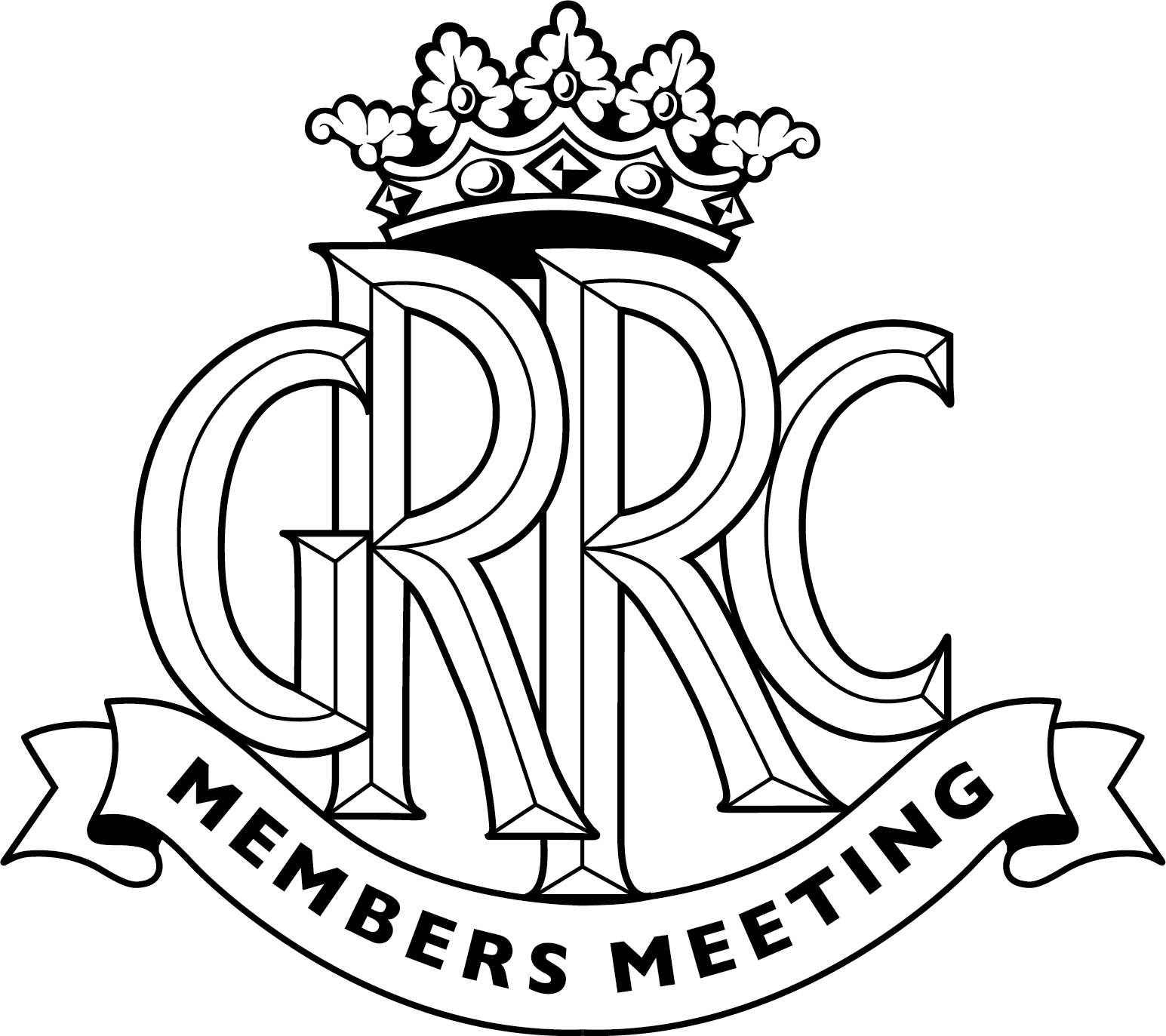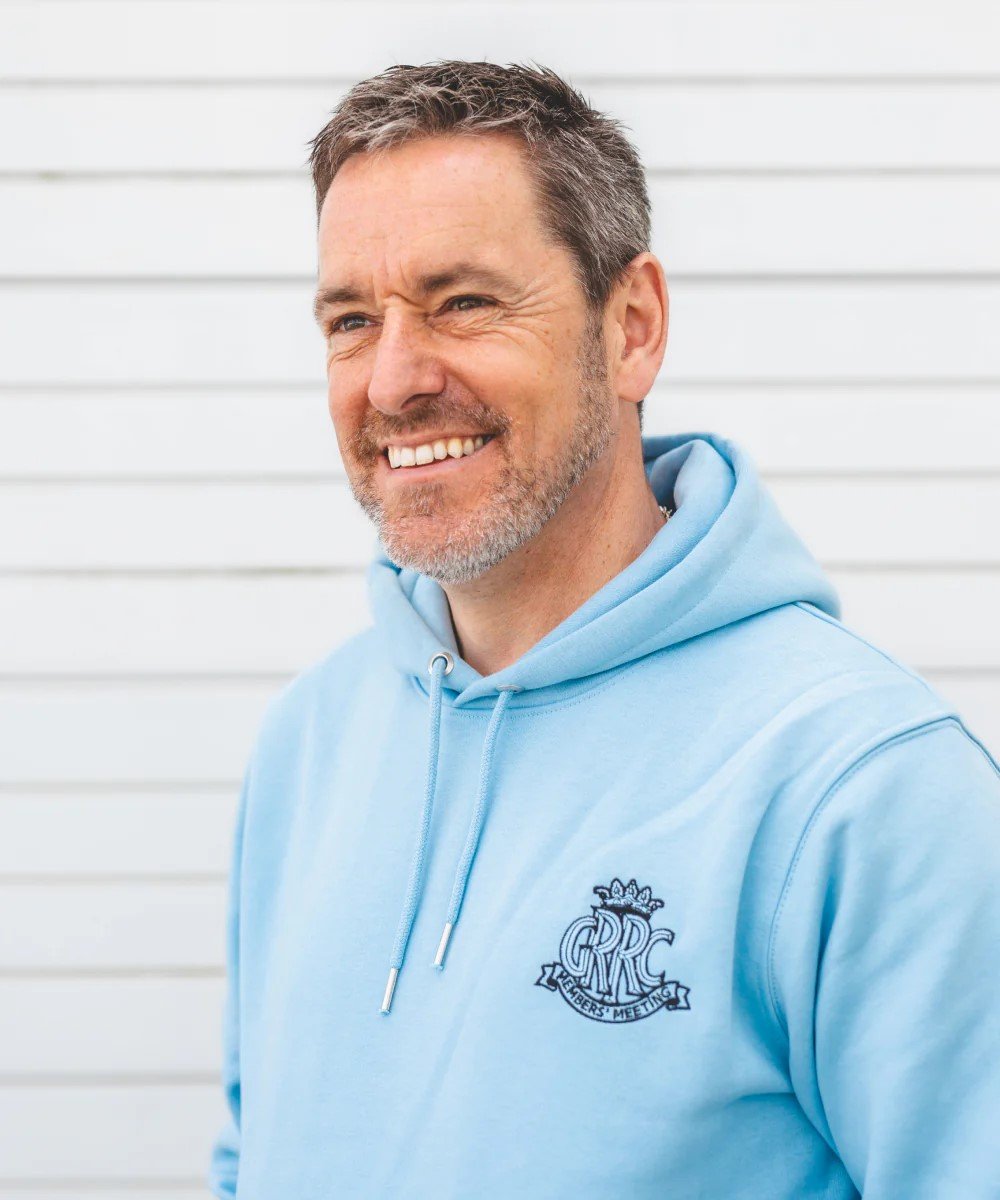How Lorenzo was as good as Marquez in 2018
At the bridge between one compelling MotoGP season and the start of another with at least the same potential, it is time to pick out the stand-out performance of both of them. The second is imponderable. But while Marquez was reliably phenomenal throughout 2018, another rider impressed at least as much.

It was Jorge Lorenzo, in a professionally turbulent and sportingly astonishing second year on Ducati’s ever-dramatic Desmosedici.
Lorenzo – a sometimes rather deliberately enigmatic Spanish 250 and triple MotoGP champion – had, like few riders in the past, turned his back on a successful team at the peak of his abilities when he left Yamaha at the end of 2016. Now he has done so for a second time.
It took almost a season and a half of patient work, undermined by several embarrassingly poor results, before he started winning on the Ducati. Now, adding a dollop of fiery spice for 2019, he is to join Marquez on the factory Repsol Honda.
If he can accomplish a similar transformation on the RC213V, he will become only the fifth rider in history to win on three different makes.*
In a high-tech era when even an alteration in crankshaft inertia or firing intervals (changing torque reaction and throttle response) can take a rider many races to master, Lorenzo’s move is a specially brave kind of heresy.
Lorenzo’s three MotoGP titles on the Yamaha came at the expense of incumbent Valentino Rossi – who famously didn’t like it. Remember the wall dividing the factory pit in two?
Eventually Jorge’s prowess triggered Rossi’s greatest mistake – flouncing off to Ducati. The move proved ill-timed, and he came back to Yamaha after two winless years, perforce now junior team-mate to Lorenzo. But if he had egg on his face, his cheerful enthusiasm and undying popularity carried the day, and his ageless talent carried him to ten more wins between 2013 and 2016. But in the same period, Lorenzo – on the same bike – notched up 21.
Then, with a keen sense of the irony but much better timing, Lorenzo made a copy-cat move to Ducati in 2017. Now, however, sweeping design and management changes meant that the handsome red bikes had become increasingly competitive.
Not, however, with Lorenzo on board. Not the first year. He managed three podium finishes, but against a background of lowly struggles, while Ducati team-mate Dovizioso put up a convincing title challenge.
Margins are small at the top. It seems a few little things made the difference in his second Ducati year. Chief among them a reshaped dummy fuel tank for support under braking, and a redesigned seat the helped him shift his weight.
But the real change was to his riding style, and far more difficult to achieve than a few bits of bodywork.
Jorge’s ultra-smooth style, honed on light 250 two-strokes and polished to mirror finish on the sweet-handling Yamaha, relied on precise control inputs and very high corner speed. The Yamaha was never the fastest, but during his tenure was very well balanced. His special trick was to lead off the line, and win from the front. His 383 points in 2010 remain a record, and he’s the only rider to take a title since the arrival of Marquez in 2013.
The Ducati is very different. The desmodromic valve gear endows it with easily the most power and reliably the highest top speed, but it lacks the Yamaha’s finesse. The rider must seize control over the brute force. Silky-smooth doesn’t cut it. The Ducati responds to hard, late braking, forcefully quick turning with a relatively slow mid-corner speed, then creative use of body-weight to improve traction for fierce acceleration.
It took more than a year of concentrated effort for Lorenzo to make these radical changes to a riding style nurtured over more than two decades; a discipline that had eluded Rossi. Jorge won two in a row before the summer break, and another after it. The last, in Austria, was after fierce hand-to-hand combat with Marquez, not his only such encounter in the year. Mr Smooth had forced himself to become a street-fighter.
Injury (caused by mechanical failure) prevented more wins. By then, however, he’d already sprung the big surprise. When early in the year it became clear that Ducati had lost patience with poor results, measured against the rumoured record sign-on fee of €24million, Jorge put in a phone call to Honda. Next thing, to the amazement of all, came the announcement that he was to join Marquez at the Repsol Honda team.
He will have to relearn his riding all over again.
But perhaps by not so much. The top Honda riders, Marquez and Cal Crutchlow, are hard-riding point-and-squirt merchants, and some of the Ducati lessons might still apply on Honda’s highly developed RC213V, which shares Ducati’s 90-degree V4 engine architecture. When Stoner made the same move in 2011, he won the title straight away. But then he didn’t have to beat Marquez.
* Mike Hailwood (Norton, MV, Honda), Eddie Lawson (Yamaha, Honda, Cagiva), Randy Mamola (Suzuki, Honda, Yamaha) and Loris Capirossi (Yamaha, Honda, Ducati).
Images courtesy of Motorsport Images.
MotoGP
Jorge Lorenzo
Marc Marquez






































































